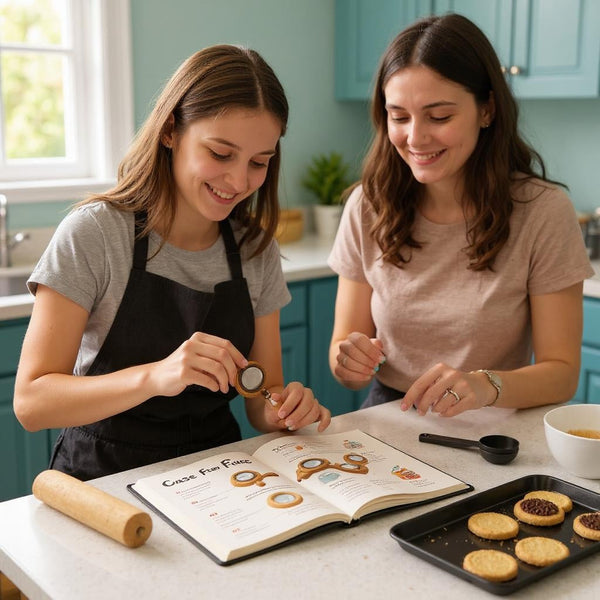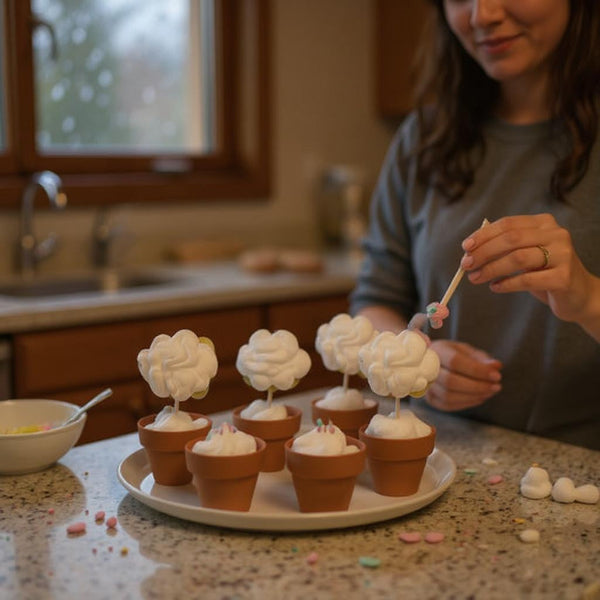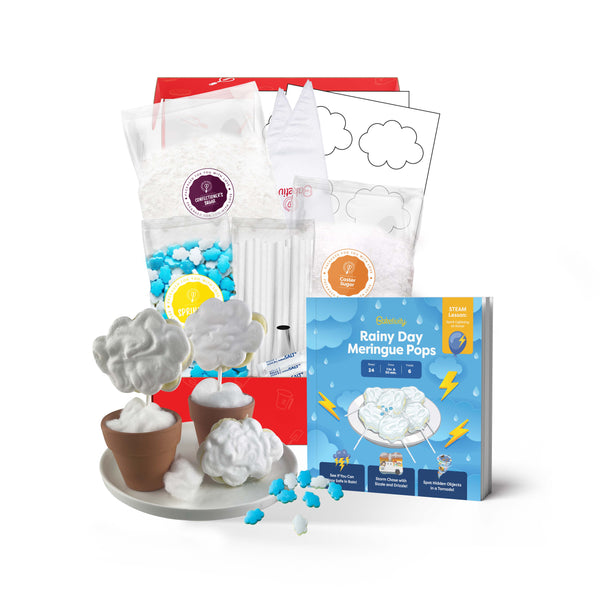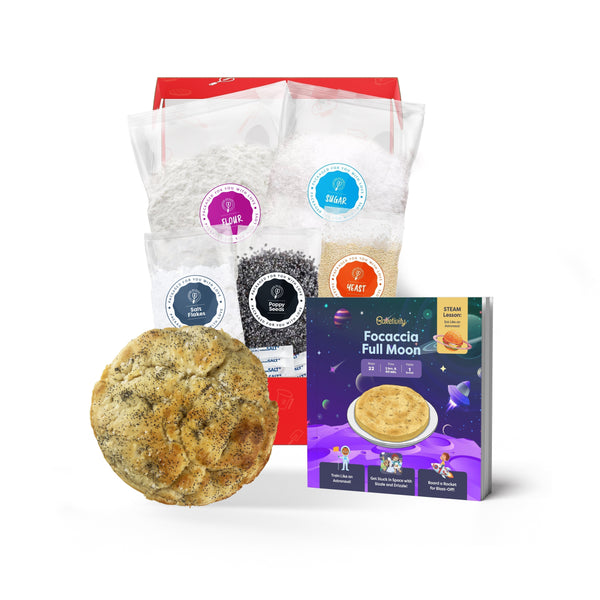Understanding the Basics of Homeschooling
Before we delve into the best curriculum options for kindergarten, it's important to understand what homeschooling is all about. Homeschooling is an educational approach where parents take on the role of the primary educators for their children. It involves teaching academic subjects, facilitating hands-on learning experiences, and fostering a supportive and nurturing learning environment.Defining Homeschooling
Unlike traditional schooling, homeschooling allows for flexibility in terms of schedule, curriculum, and teaching methods. It gives parents the freedom to tailor their child's education to their unique learning style and interests. Additionally, homeschooling provides opportunities for personalized attention and one-on-one instruction, ensuring that your child receives the individualized support they need.Benefits of Homeschooling for Kindergarten
There are several benefits to homeschooling your kindergartener. Firstly, you have the freedom to set your child's pace of learning. This means you can adapt the curriculum to match your child's developmental stage and learning abilities. Secondly, homeschooling allows for a more flexible schedule, making it easier to incorporate field trips, outdoor activities, and other hands-on learning experiences. Lastly, homeschooling provides a safe and comfortable learning environment, where your child can explore, ask questions, and engage in interactive learning experiences without distractions. Moreover, homeschooling offers the opportunity for children to develop a strong bond with their parents as their primary educators. This close relationship fosters a deep sense of trust and understanding, allowing for open communication and a positive learning experience. Parents can tailor their teaching methods to suit their child's individual needs, ensuring that they receive the attention and guidance necessary for their academic growth. Additionally, homeschooling provides a unique opportunity for children to explore their interests and passions in depth. With the flexibility of homeschooling, children can spend more time on subjects they are passionate about, allowing them to develop a deeper understanding and expertise in those areas. Whether it's art, science, or history, homeschooling allows children to delve into their favorite subjects and cultivate a lifelong love of learning.Key Components of a Kindergarten Homeschooling Curriculum
Now that we've covered the basics, let's dive into the key components that should be included in a kindergarten homeschooling curriculum.Importance of Literacy and Numeracy
Literacy and numeracy are foundational skills that form the basis of academic success. A comprehensive curriculum should include activities and resources that promote reading, writing, and basic math skills. It's important to introduce age-appropriate books, provide opportunities for creative writing, and engage in hands-on math activities to build a strong foundation in these areas. When it comes to literacy, exposing your child to a variety of genres and styles of writing can help foster a love for reading. Incorporating storytelling sessions, where you read aloud to your child and encourage them to ask questions and make predictions, can enhance their comprehension skills and imagination. For numeracy, incorporating real-life examples and practical applications can make math more engaging and relatable for young learners. You can involve your child in everyday activities such as counting objects, measuring ingredients while cooking, or even playing educational math games to reinforce their understanding of numbers and basic operations.Incorporating Science and Social Studies
Kindergarten is the perfect time to spark your child's curiosity about the world around them. A well-rounded curriculum should include age-appropriate science experiments and activities to foster a love for scientific exploration. By encouraging hands-on experiments, such as observing plant growth or exploring the properties of water, you can nurture their natural curiosity and develop their critical thinking skills. Additionally, introducing basic concepts of social studies such as community, diversity, and culture will broaden your child's understanding of the world they live in. You can explore different cultures through books, videos, and virtual field trips, allowing your child to develop an appreciation for diversity and empathy towards others. Engaging in activities that promote community involvement, such as volunteering or participating in local events, can also instill a sense of civic responsibility from an early age.The Role of Art and Physical Education
Art and physical education play a crucial role in a well-rounded kindergarten curriculum. Incorporating art activities, music, and movement will encourage creativity, self-expression, and fine motor skill development. By providing a variety of art materials and encouraging your child to explore different techniques, you can nurture their artistic abilities and boost their confidence. Similarly, providing regular opportunities for physical activity, whether through outdoor play or structured physical education lessons, is essential for promoting gross motor skills and overall physical health. Engaging in activities such as running, jumping, and balancing not only helps develop coordination but also supports cognitive development by improving focus and concentration. Remember, the key to a successful kindergarten homeschooling curriculum is to create a balanced and stimulating learning environment that caters to your child's individual needs and interests. By incorporating these key components, you can lay a solid foundation for their future academic and personal growth.Choosing the Right Homeschooling Curriculum
Now that we understand the key components of a kindergarten curriculum, let's explore how to choose the right curriculum for your child. When embarking on the journey of selecting a homeschooling curriculum, it's essential to delve deeper into various aspects that can influence your decision. Understanding your child's unique learning style, strengths, and interests is crucial. Some children excel in a structured learning environment that provides clear guidelines and routines, while others thrive in a more flexible and self-directed setting that allows for exploration and creativity. By recognizing and embracing your child's individuality, you can tailor the curriculum to meet their specific needs and foster a love for learning.Factors to Consider
When selecting a curriculum, it's important to consider your child's learning style, strengths, and interests. Some children thrive in a structured learning environment, while others prefer a more relaxed and flexible approach. Additionally, consider your own teaching style and comfort level with different teaching methods and resources. Taking these factors into account will help you select a curriculum that aligns with your child's needs and your educational philosophy. Furthermore, reflecting on your teaching style and preferences is equally significant in this decision-making process. Are you drawn to hands-on activities and project-based learning, or do you prefer a more traditional approach with textbooks and worksheets? Understanding your comfort level with various teaching methods will enable you to choose a curriculum that resonates with your instructional preferences and enhances your teaching experience.Comparing Different Curriculum Options
With the wide variety of curriculum options available, it can be overwhelming to choose the right one. Take the time to research and compare different curricula based on their content, teaching methods, and reviews from other homeschooling families. Consider reaching out to homeschooling communities and online forums for recommendations and insights from experienced homeschooling parents. Remember, what works for one family may not work for another, so it's important to find a curriculum that fits your specific needs. Exploring the diverse array of curriculum options can be an enriching experience that exposes you to innovative teaching approaches and educational philosophies. Engaging with online resources, attending homeschooling conferences, and seeking guidance from educational experts can provide valuable perspectives that aid in your decision-making process. By immersing yourself in the world of homeschooling curricula, you can discover hidden gems that resonate with your child's learning style and ignite a passion for lifelong learning.Implementing Your Homeschooling Curriculum
Now that you have chosen the curriculum that aligns with your child's needs and your teaching style, it's time to implement it effectively.Creating a Structured Learning Environment
Setting up a dedicated learning space in your home can help create a structured learning environment. This can be a designated room or simply a corner of a room with a desk, supplies, and educational materials. Minimize distractions and create a routine that incorporates focused learning time, breaks, and hands-on activities. Creating a structured environment will help your child develop a sense of routine and focus, enhancing their learning experience.Balancing Instruction and Play
Kindergarteners thrive when learning is a combination of instruction and play. Incorporate hands-on activities, educational games, and interactive lessons to make learning fun and engaging. Allow time for exploration, creativity, and free play to encourage your child's imagination and foster a love for learning. Balancing instruction and play will keep your child motivated and eager to participate in their homeschooling journey.Assessing Your Child's Progress
Regularly assessing your child's progress is essential to ensure their educational needs are being met and to track their growth. Here are some tips for assessing your child's progress.Setting Learning Goals
Set specific and measurable learning goals for your child. These goals can be academic or developmental milestones that you want your child to achieve within a certain timeframe. Keep track of their progress towards these goals and celebrate their achievements along the way. This will not only motivate your child but also help you identify areas where additional support may be needed.Monitoring and Evaluating Progress
Regularly monitor and evaluate your child's progress through various methods such as informal assessments, portfolio reviews, and observation. Provide constructive feedback and adjust your teaching strategies based on their strengths and areas for improvement. Remember, homeschooling provides the flexibility to tailor your instruction to meet your child's individual needs, so be responsive to their progress and adapt as necessary.Conclusion
Homeschooling your kindergartener is a rewarding and enriching educational choice. By understanding the basics of homeschooling, incorporating key components in your curriculum, choosing the right resources, implementing effective teaching methods, and regularly assessing your child's progress, you can provide the best homeschooling experience for your kindergartener. Embrace the journey and enjoy watching your child thrive in a nurturing and personalized learning environment!Enhance Your Homeschooling Experience with Baketivity
As you embark on this exciting homeschooling journey with your kindergartener, why not incorporate the joy of baking into your curriculum with Baketivity? Our baking kits are not just about creating delicious treats; they're a fun, educational tool that promotes literacy, numeracy, and following instructions. With Baketivity, you can foster creativity, family bonding, and a love for learning in the comfort of your kitchen. Join the Club today and start building those precious memories while providing a hands-on learning experience that your child will cherish.




